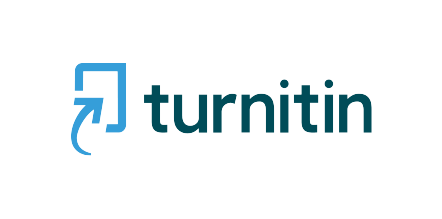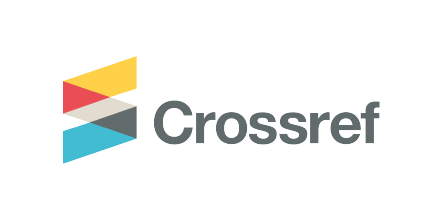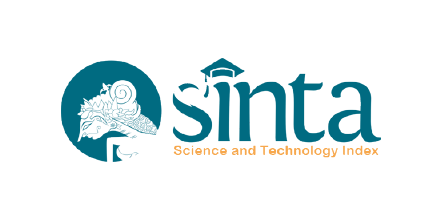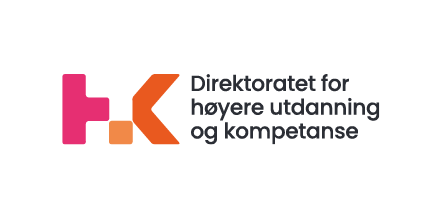How Do Regular Students in Inclusive Primary Schools Interpret the Term of 'Students with Special Needs'?
DOI:
https://doi.org/10.21776/ub.ijds.2020.007.02.13Keywords:
inclusive school, perception, student with special needs, disability, knowledgeAbstract
A positive perception toward the student with special needs required to build positive attitudes and behaviours in inclusive schools. The aim of this study is to determine the perception of regular students in inclusive primary schools toward students with special needs. This study is a survey and the participants are 146 regular students in inclusive primary school. The study used questionnaires. The results show that only 35% of regular students who know and can interpret the definition of the student with special needs into the text. Most students interpret based on what they see, such as a physical problem, low academic achievement or help by shadow teacher. There are still misconceptions, stereotypes, and negative perception toward students with special needs. It suggests for the teachers in inclusive school for increase disability awareness to overcome the negative perception.
References
Cole, C. M., Waldron, N., & Majd, M. (2004). Academic progress of students across inclusive and traditional settings. Mental Retardation, 42(2), 136-144.
Coleman, L. & Olthouse, J. (2009). Inclusion. In B. Kerr (Ed.), Encyclopedia of giftedness, creativity, and talent (pp. 449-451). Thousand Oaks, CA: SAGE Publications Ltd
Cushing, L. S., & Kennedy, C. H. (1997). Academic effects of providing peer support in general education classrooms on students without disabilities. Journal of Applied Behavior Analysis, 30(1), 139-151.
de Boer, A., Pijl, S. J., & Minnaert, A. (2012). Students' attitudes towards peers with disabilities: A review of the literature. International Journal of Disability, Development and Education, 59(4), 379-392.
DeSimone, J. R., & Parmar, R. S. (2006). Middle school mathematics teachers' beliefs about inclusion of students with learning disabilities. Learning Disabilities Research & Practice, 21(2), 98-110.
Dessemontet, R. S., Bless, G., & Morin, D. (2012). Effects of inclusion on the academic achievement and adaptive behaviour of children with intellectual disabilities. Journal of Intellectual Disability Research, 56(6), 579-587.
Dulisanti, R. (2015). Penerimaan sosial dalam proses pendidikan inklusif (studi kasus pada proses pendidikan inklusif di SMK Negeri 2 Malang). IJDS: Indonesian Journal of Disability Studies, 2(1).
Febriana, D. (2013). Students Attitudes and Perceptions Towards People with Disability. Idea Nursing Journal. Vol 4(2). 62-67
Fullchange, A. & Furlong, M.J. (2016). An Exploration of Effects of Bullying Victimization From a Complete Mental Health Perspective. Sage Open, Vol 6(1), 1-12.
Getskow,V. & Konczal,D. (1996). Kids With Special Needs: Information and activities to promote awareness and understanding. California: The Learning Works.
Jan, A. & Husain, S. (2015). Bullying in Elementary Schools: Its Causes and Effects on Students. Journal of Education and Practice, 6 (19), 43-56.
Kostan,H & Irwanto.(2017) Representasi Sosial Mengenai Siswa dengan Disabilitas pada Siswa Non- Disabilitas SMP Inklusi di DKI Jakarta. Indonesian Journal of Disability Studies (IJDS) Vol. 04(02), pp153-164.
Kurth, J. A., & Mastergeorge, A. M. (2010). Academic and cognitive profiles of students with autism: Implications for classroom practice and placement. International Journal of Special Education, 25(2), 8-14.
Loauri, M. (2013). Can typical students define the word "disability"? A pilot study about their knowledge or misconceptions. Procedia - Social and Behavioral Sciences 93 699-703
Louari, M., Paparousi, M. (2009). Do children with disabilities have friends? In Ines Gomes, Rui Leonardo Maia (Eds): Special Education: From Theory to Practice (pp. 513-520). Praga- Portugal: Universidade Fernando Pessoa editions
McGail ,E. & Rieger, A. (2013). Increasing Disability Awareness through Comics Literature. Electronic Journal for Inclusive Education, 3(1), 1-20.
McLaughlin, M. (2006). Inclusive education. In G. L. Albrecht (Ed.), Encyclopedia of disability (Vol. 1, pp. 929-930). Thousand Oaks, CA: SAGE Publications Ltd.
Petrescu, C. (2013). Inclusive Education. Euromentor Journal, 4(2), 149-152.
Rivers, I., Noret, N., Poteat,V.P. & Ashurst, N. (2009). Observing Bullying at School: The Mental Health Implications of Witness Status. School Psychology Quarterly, 24(4), 211-223.
Salend, S.J. (2011) Creating Inclusive Classrooms 7th edition: Effective and Reflective Practices. New York: Pearson
Salend,S.J. & Duhaney, L.M.G (1999). The Impact of Inclusion on Students With and Without Disabilities and Their Educators. Remedial and Special Education Vol 20(2). 114-radioaktivitas
Tarnoto, N. (2016) Permasalahan-Permasalahan Yang Dihadapi Sekolah Penyelenggara Pendidikan Inklusi Pada Tingkat SD. Humanitas 13(1), 50-61.
Williamson, C. (2014). Effects of Disability Awareness Educational Programs on an Inclusive Classroom Honors Projects. Paper 134.
Downloads
Published
How to Cite
Issue
Section
License
Copyright (c) 2020 Ossy Firstanti Wardany

This work is licensed under a Creative Commons Attribution-NonCommercial 4.0 International License.















